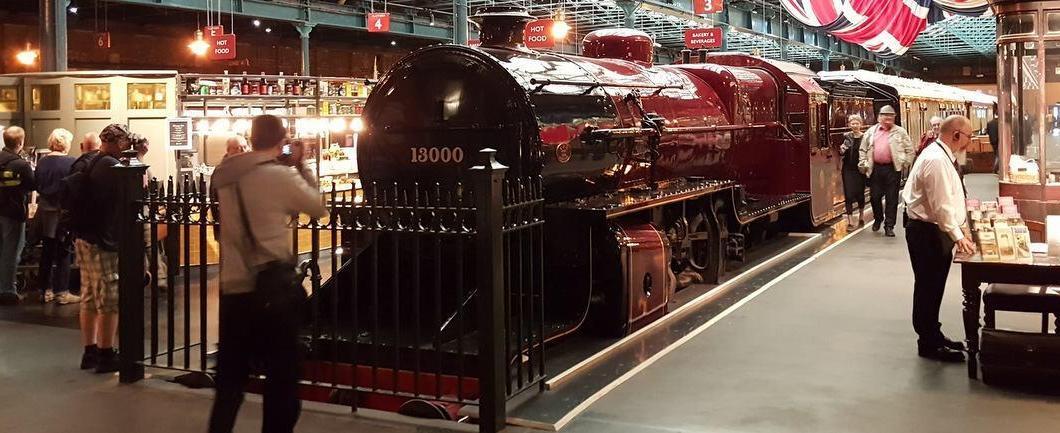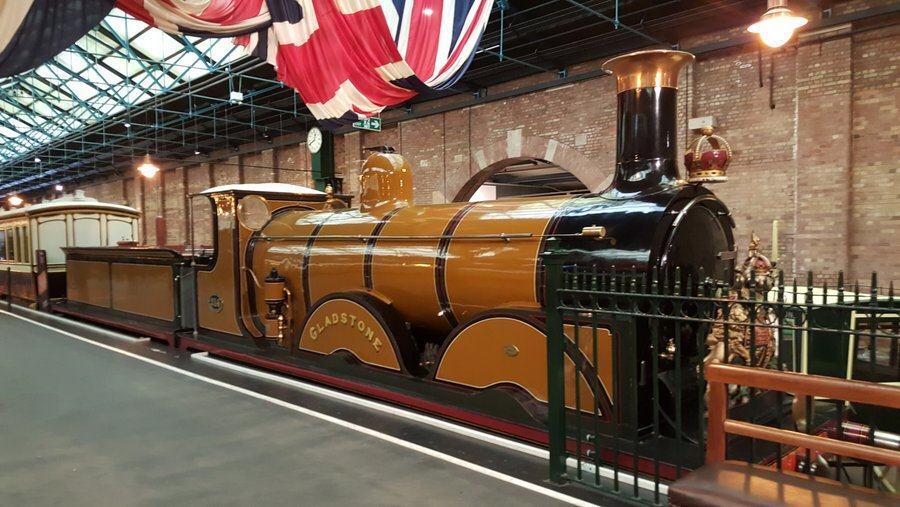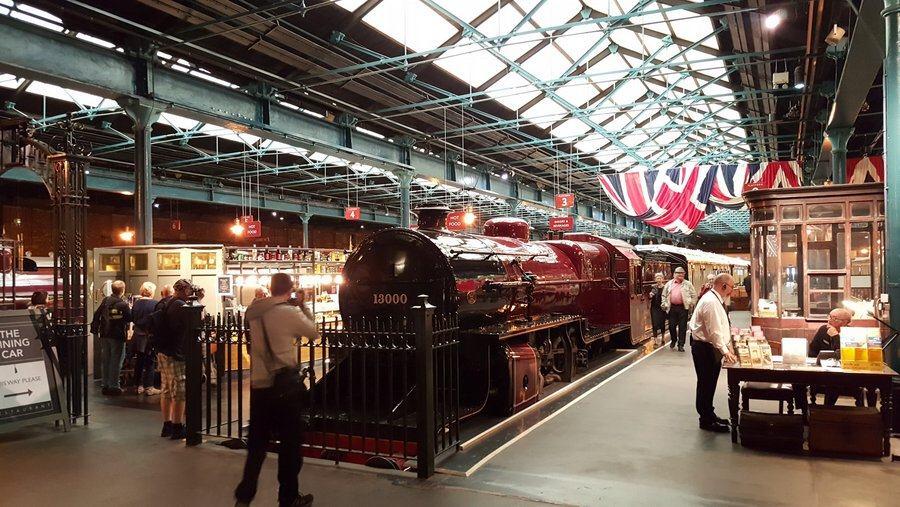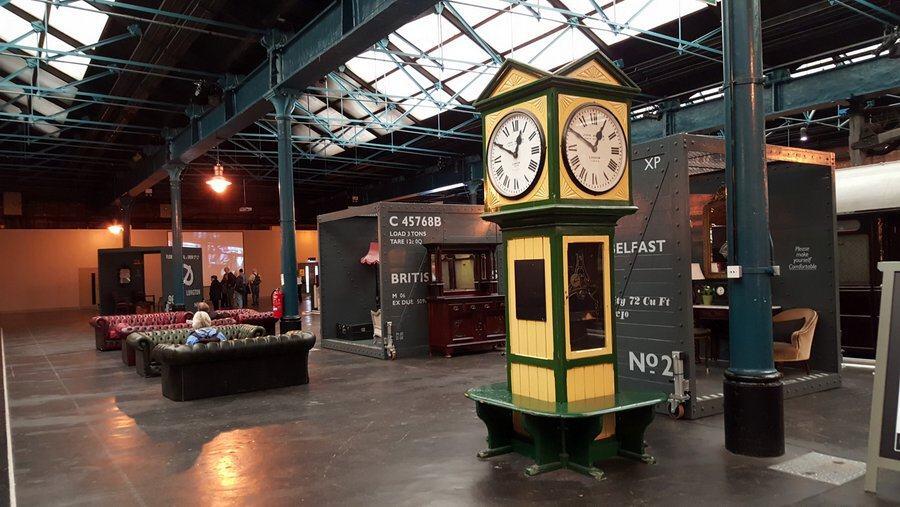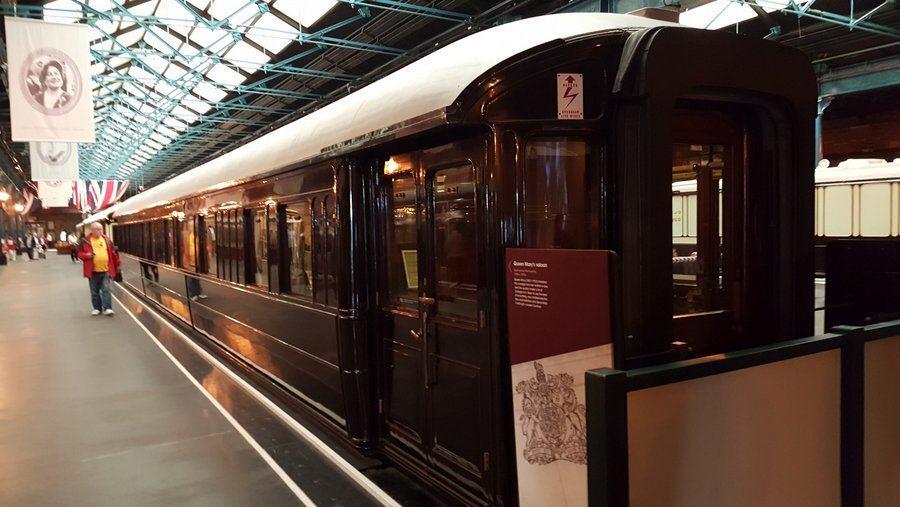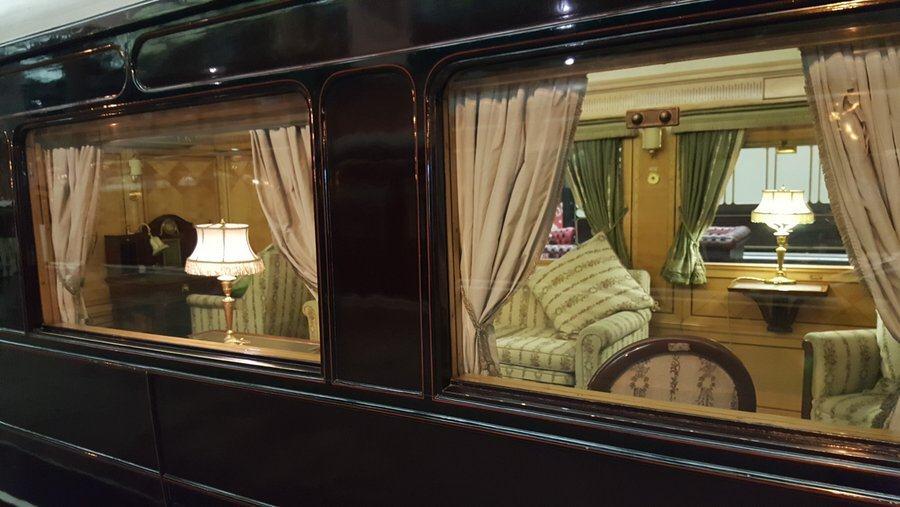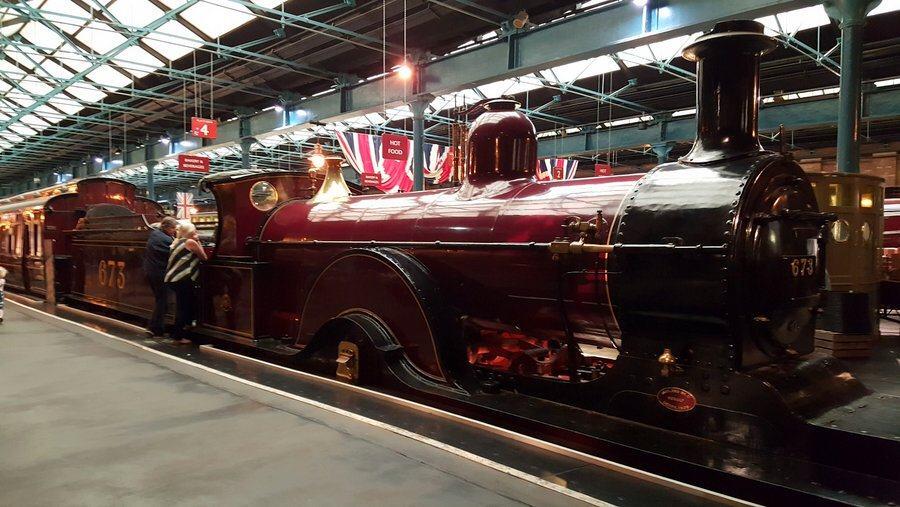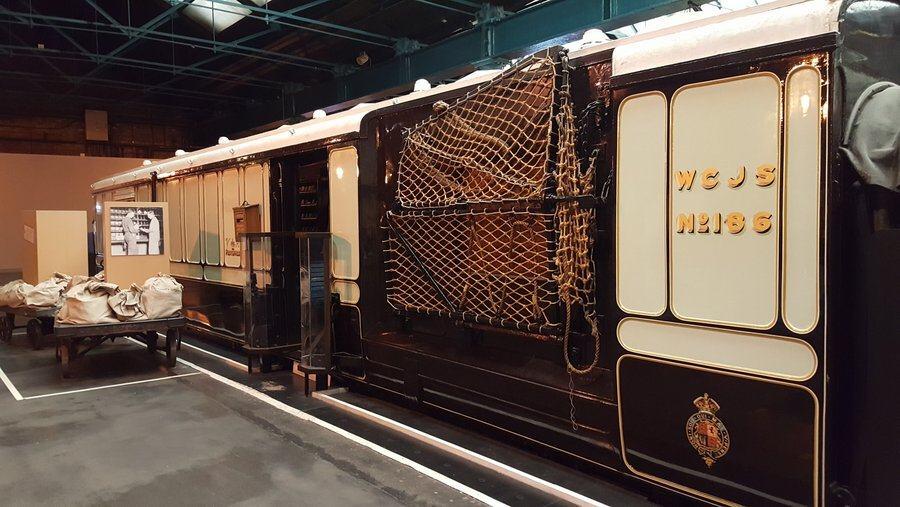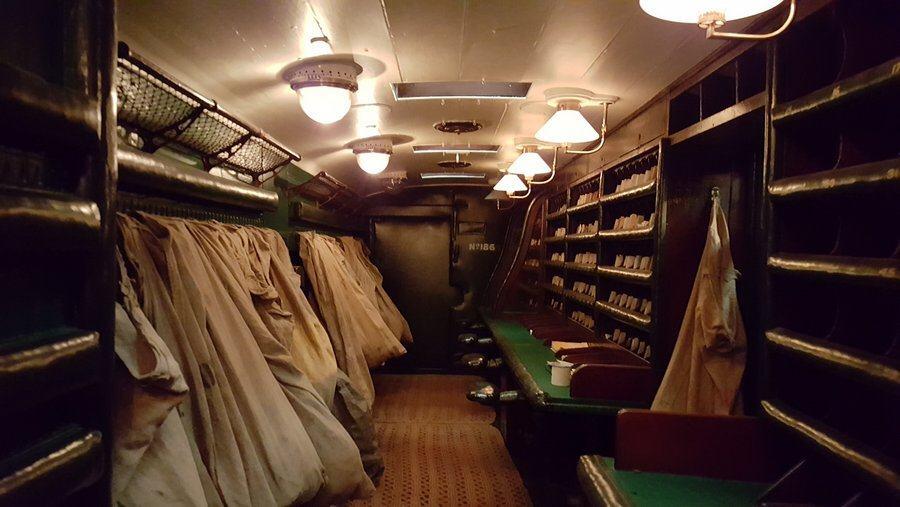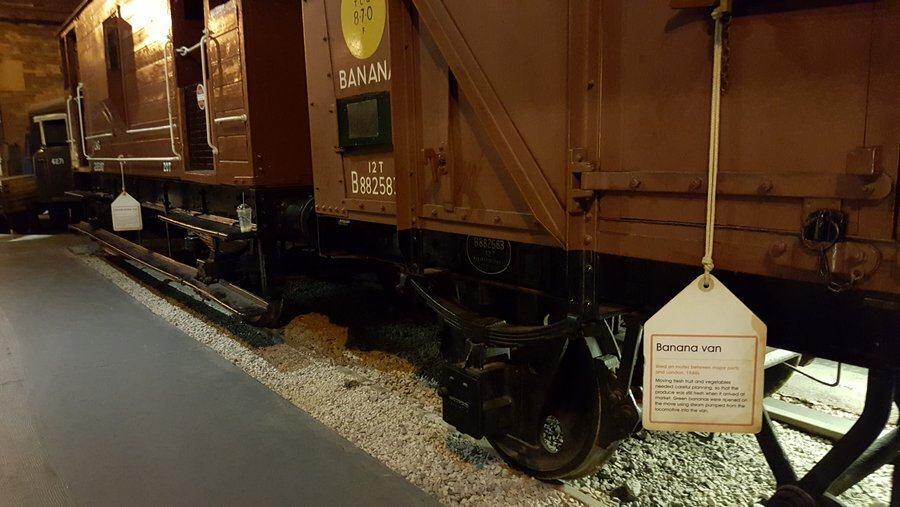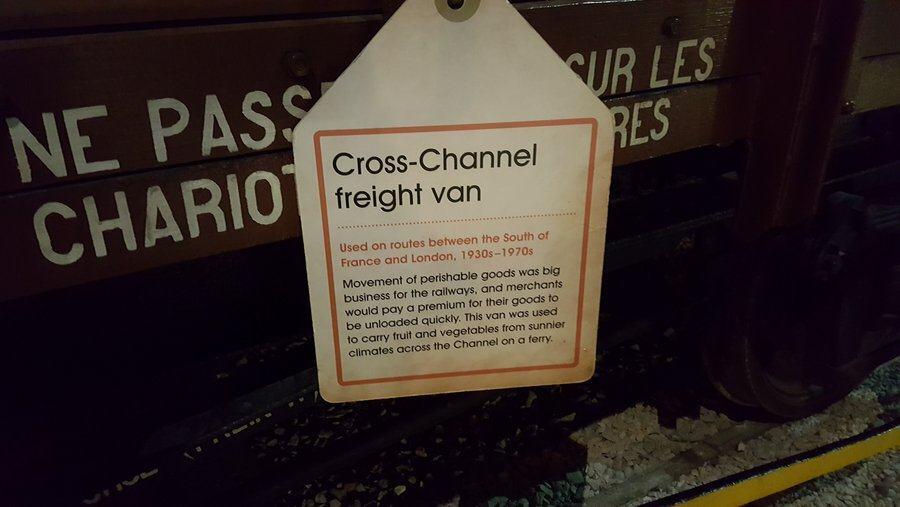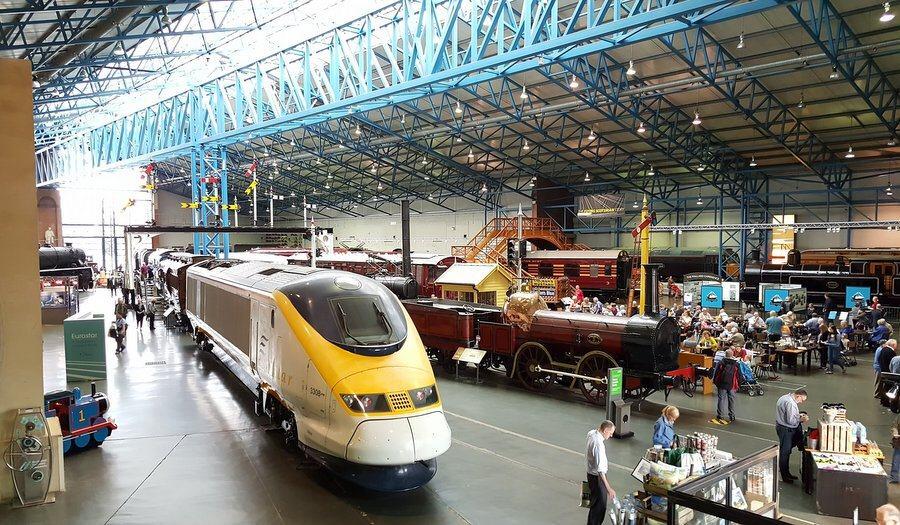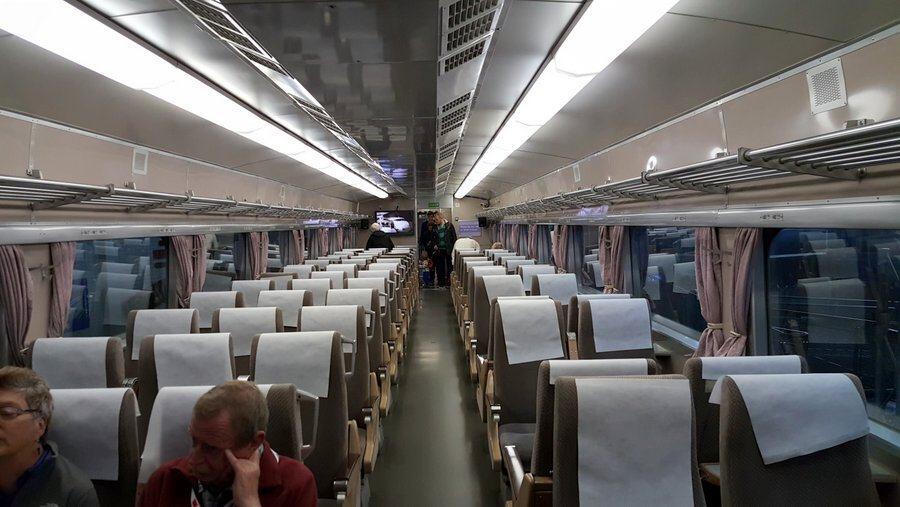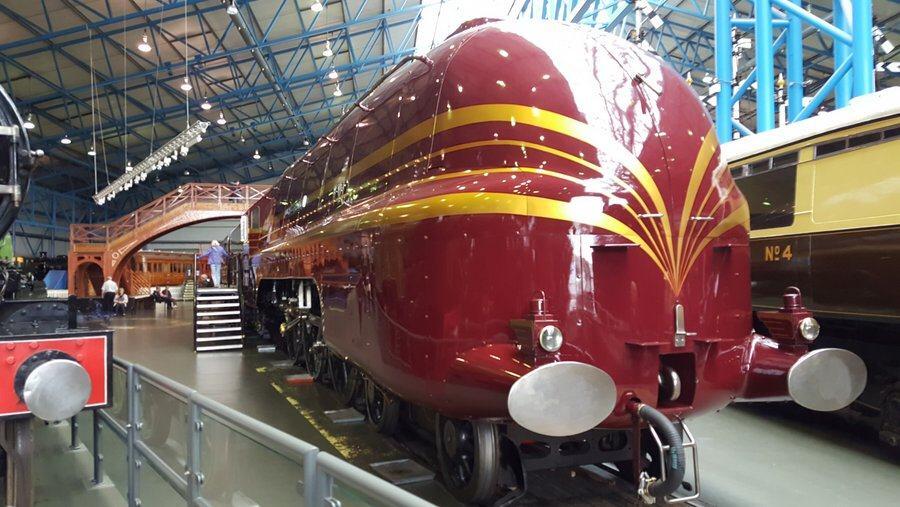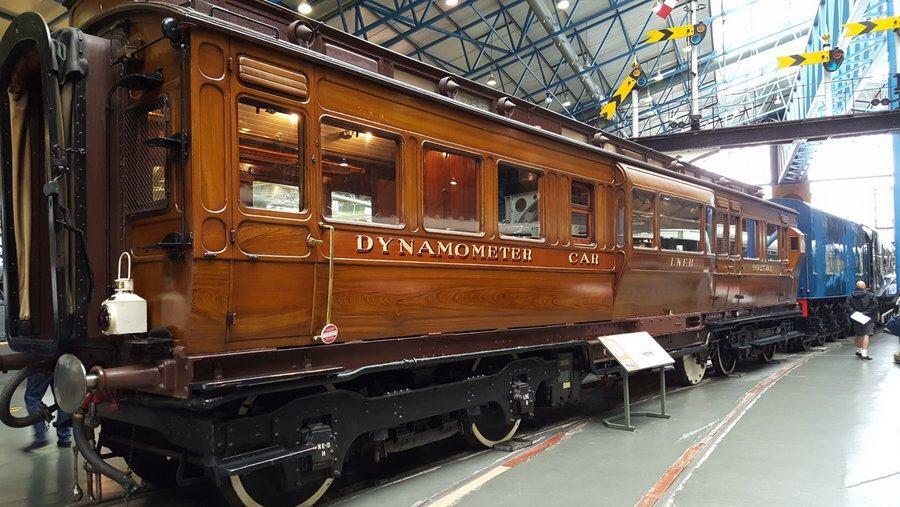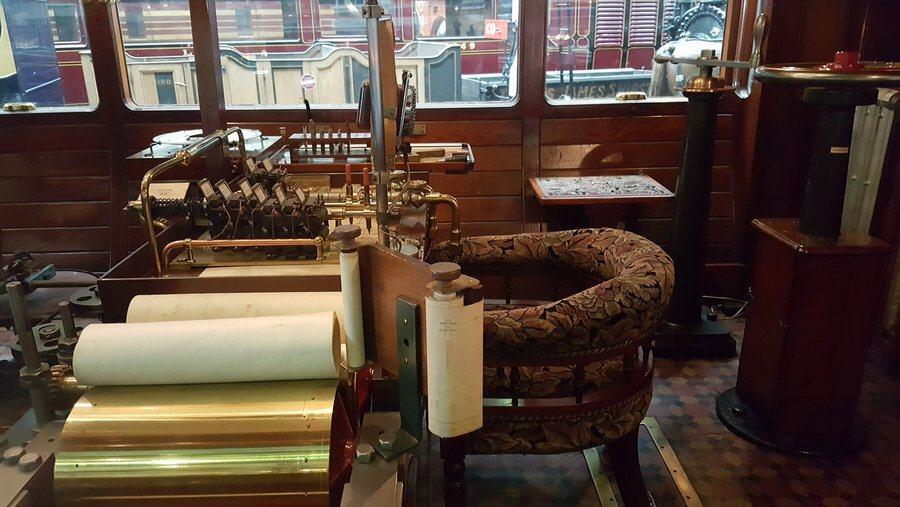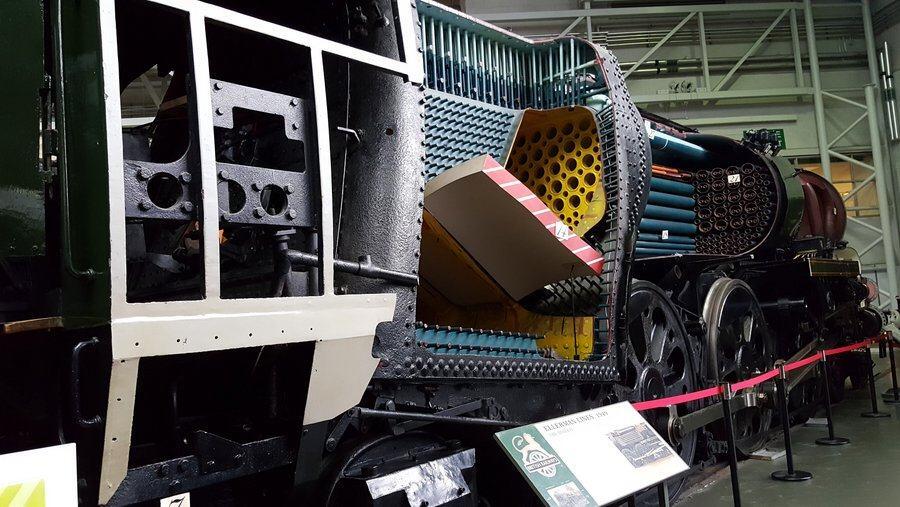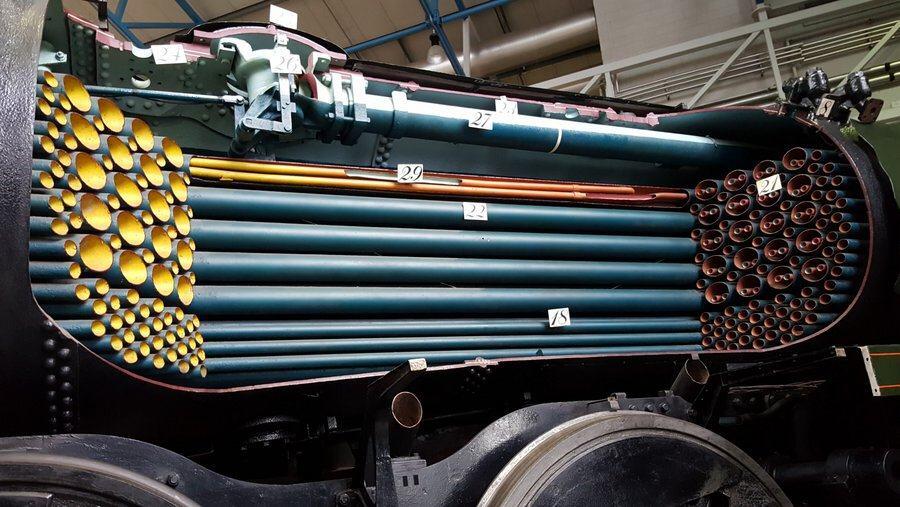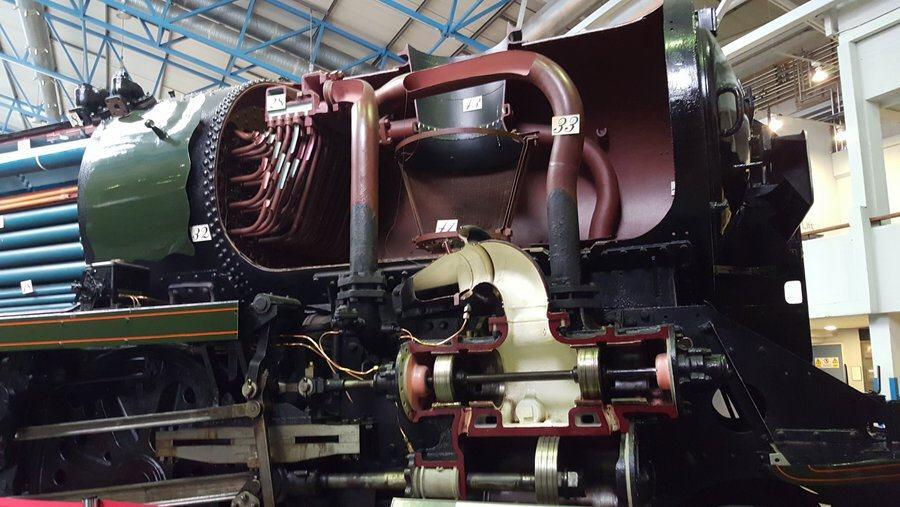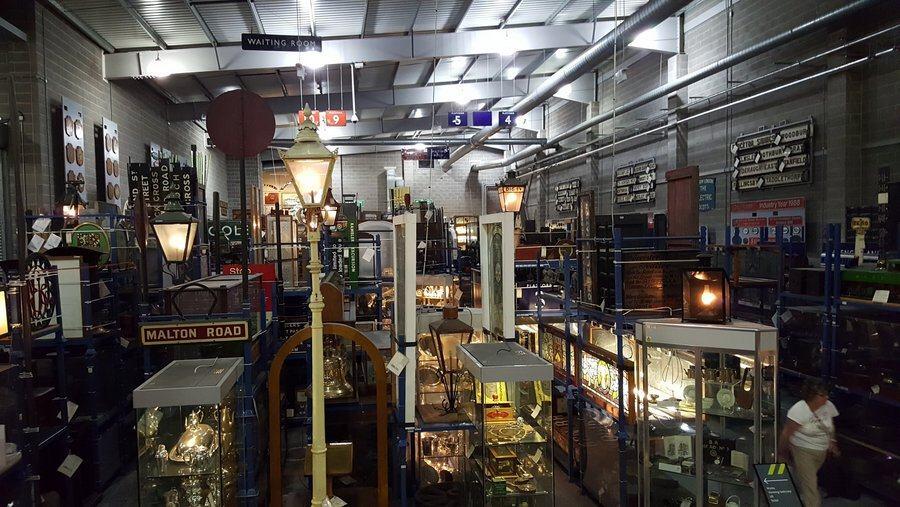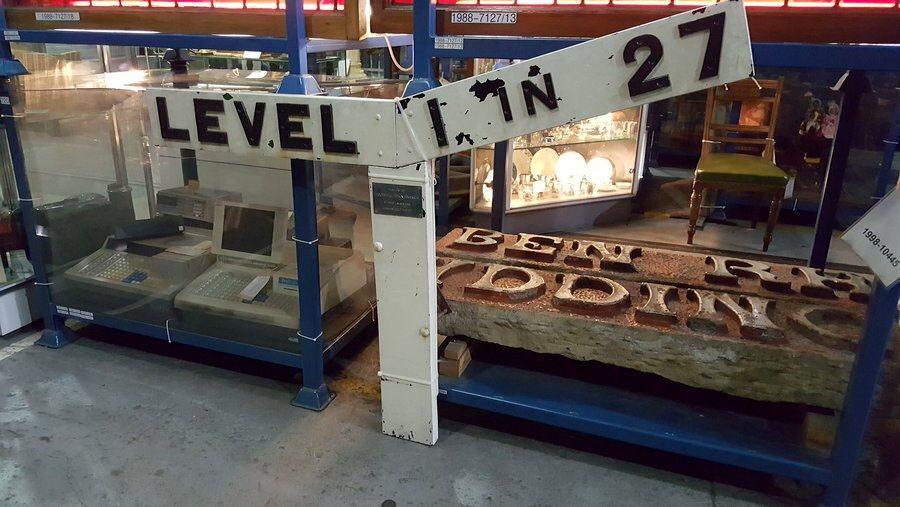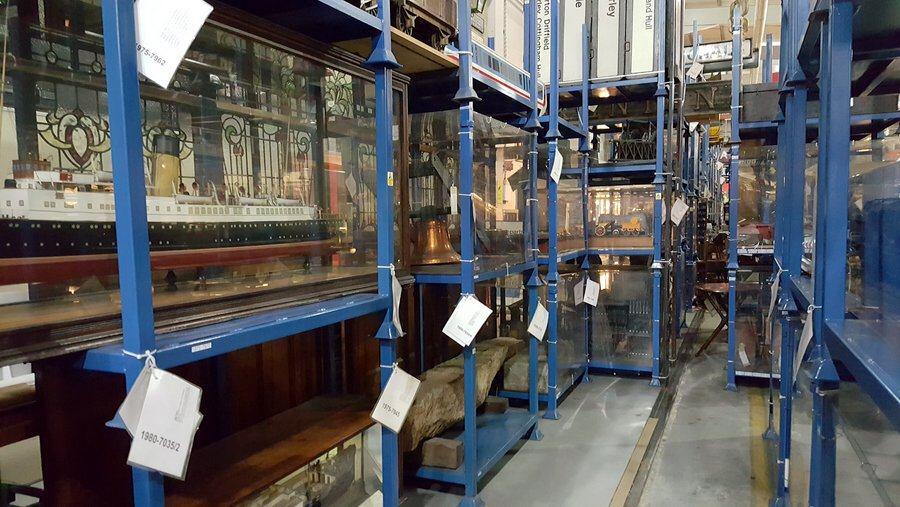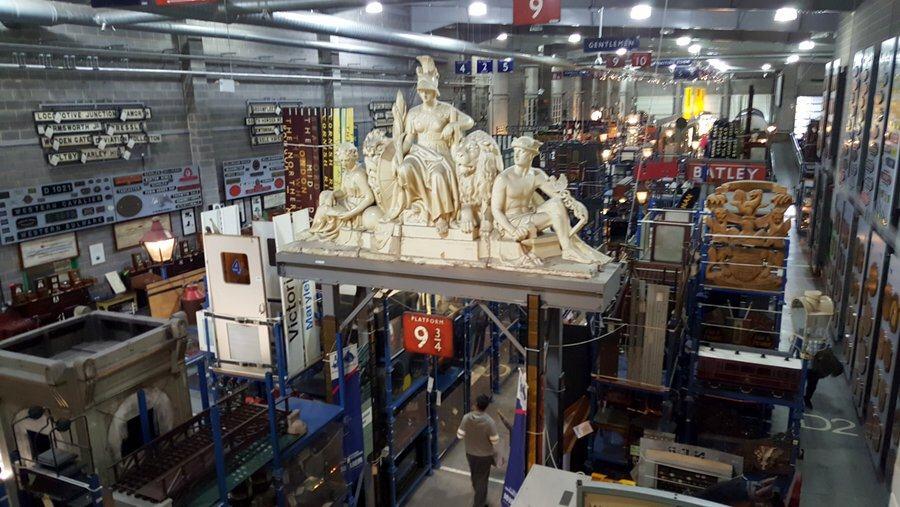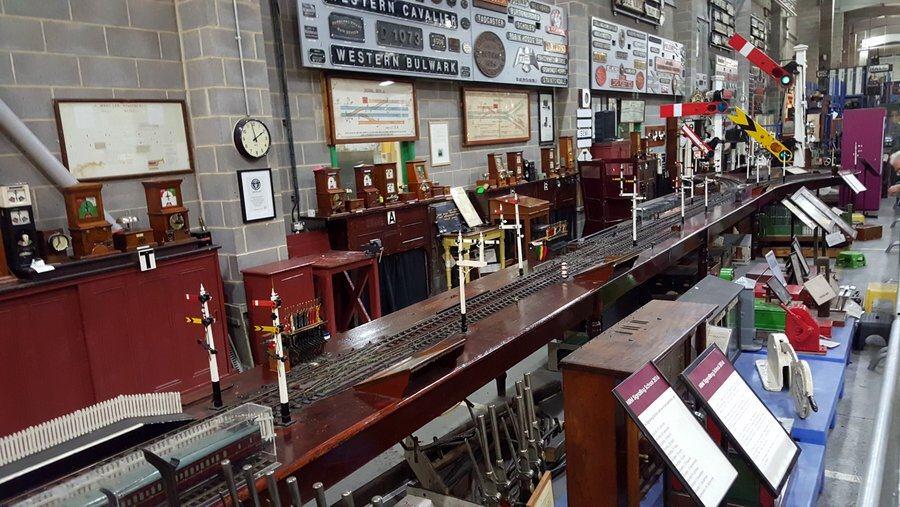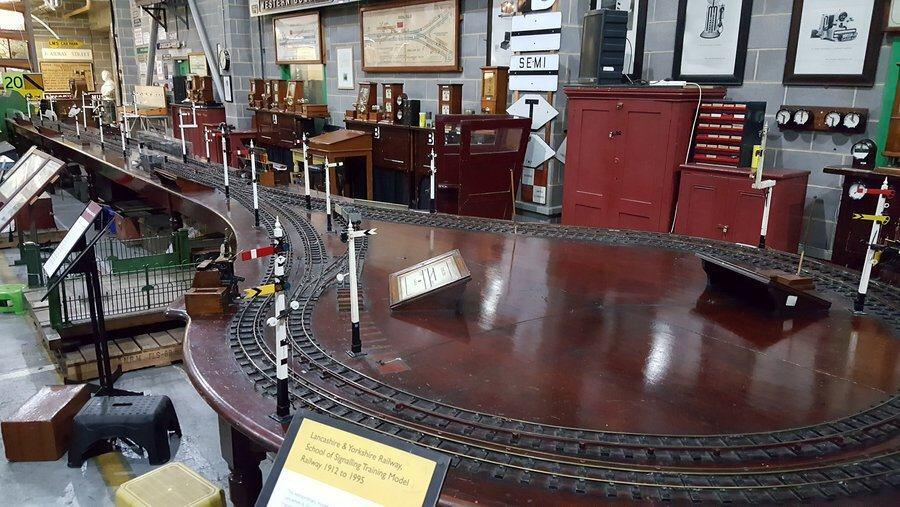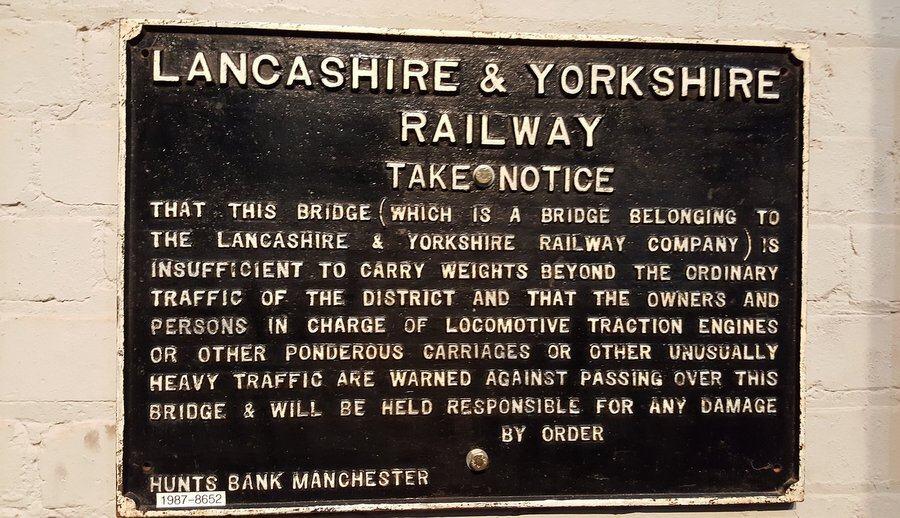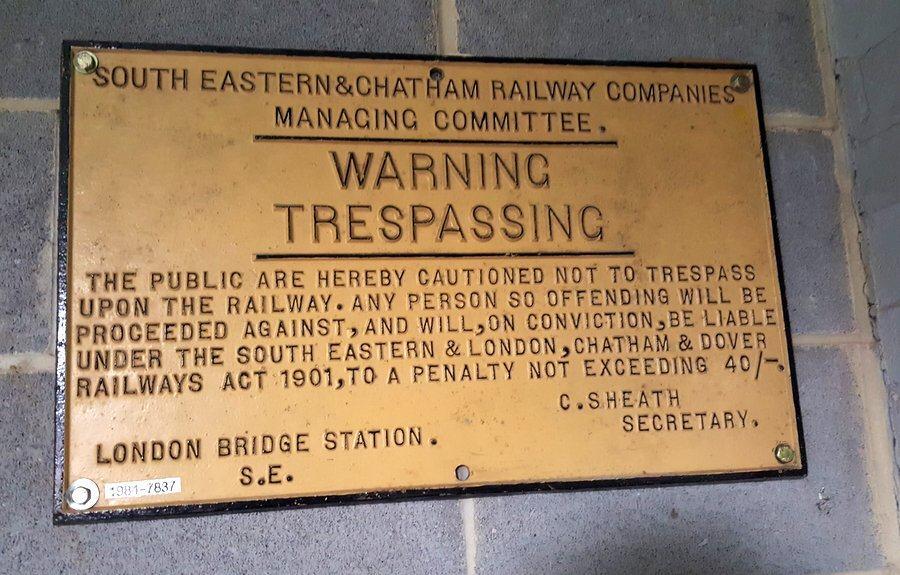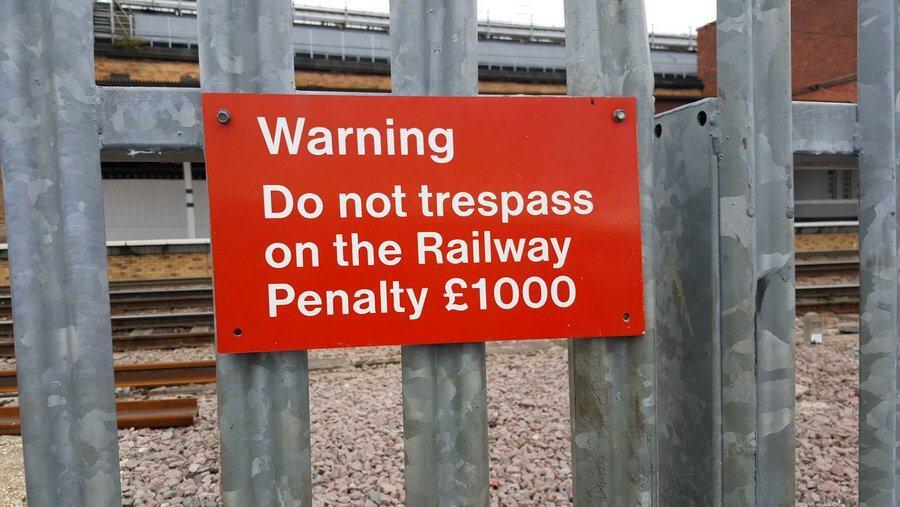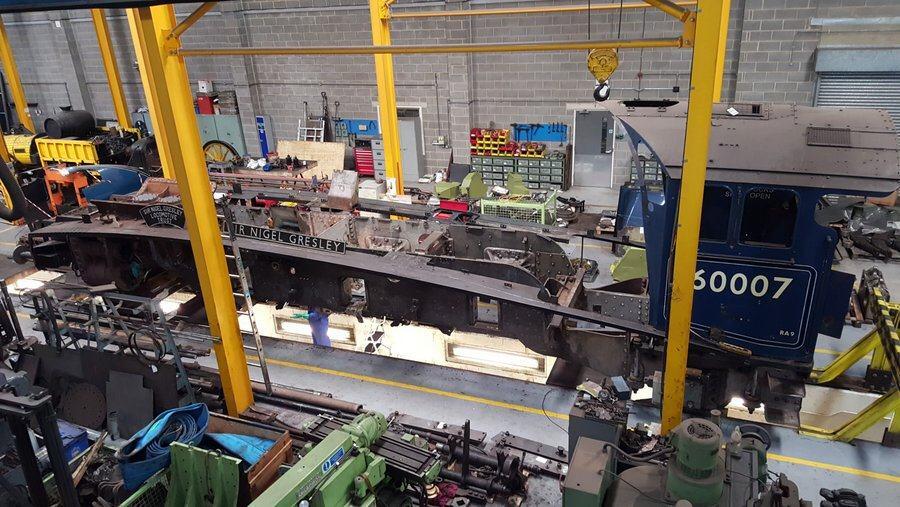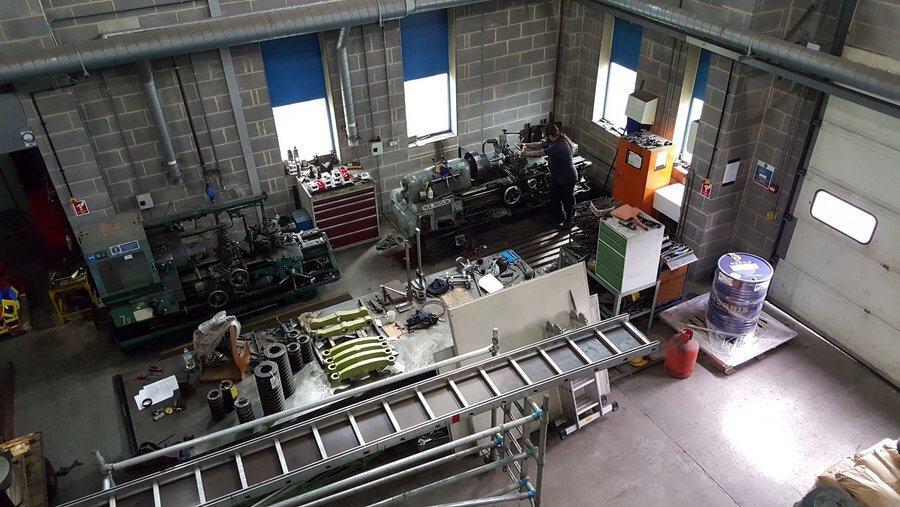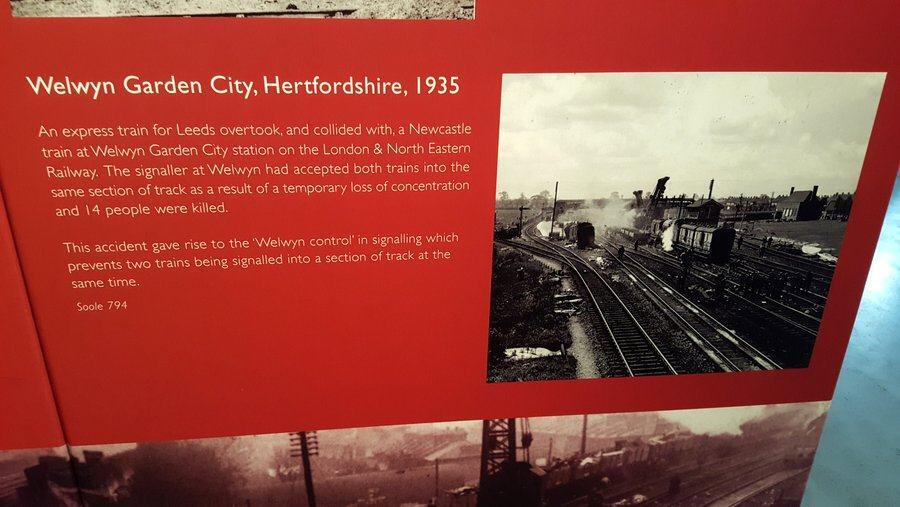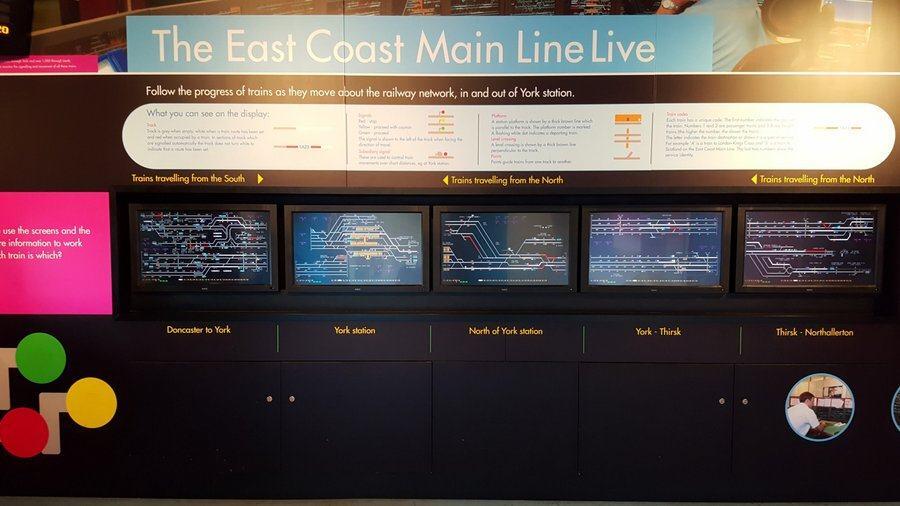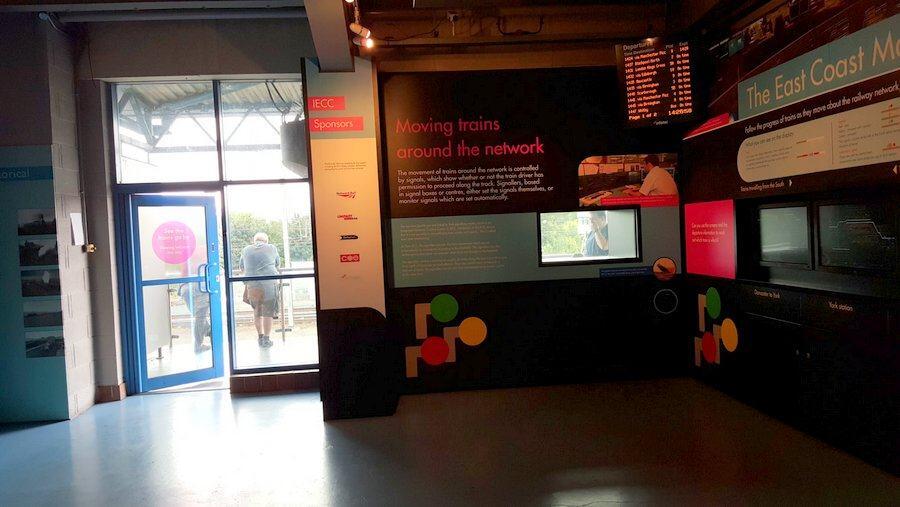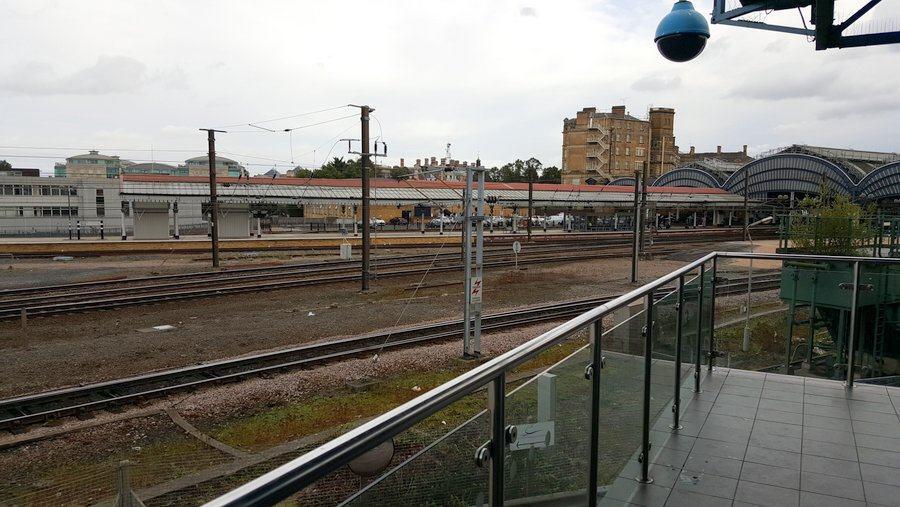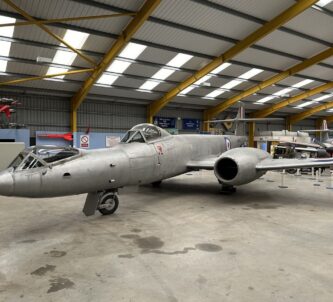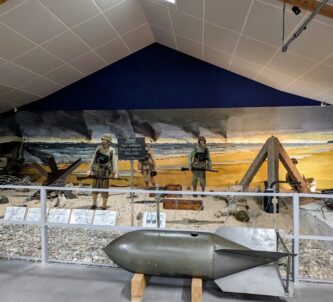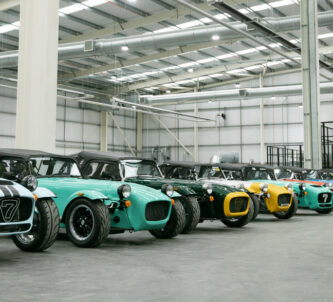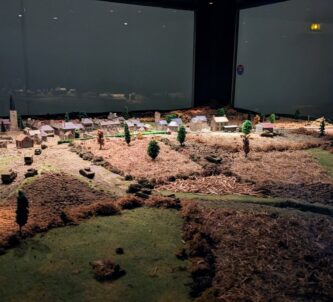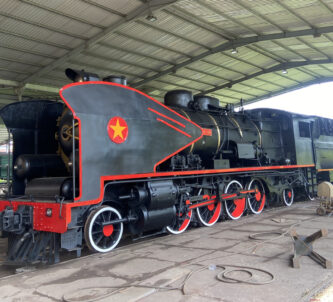The National Railway Museum in York is just one of those key landmark museums in the UK, like the Science Museum in London, or IWM Duxford, that you have to see… and you don’t have to sacrifice any ‘me time’ away from your family or partner to do it. There’s something – actually, over a million objects from over 300 years of railway history – for everyone: mums, dads, grand things, and/or kids! So set aside plenty of time.
The museum is part of the Science Museum Group and has a branch site: the National Railway Museum at Shildon. Between them, and a number of smaller heritage railways & museums around the country, they display both their own artifacts and the rolling stock belonging to the National Collection.
Where to start?
Well there are four main areas:
- Station Hall
- Great Hall
- Warehouse
- Workshop
I suggest you start with the…
Station Hall
There are some classic trains here, especially the Royal Trains. Who doesn’t want to ‘sticky-beak’ (as Aussies/Kiwis say!) at the Royal carriages and see how our kings & queens were conveyed around the country?
Well, me for one. I’ve never been particularly interested in the Royals (though I’d never heard of Queen Adelaide or her royal carriage), but I do like the way the museum has turned the platforms into little snapshots or vignettes of railway life in the 20th century. Tea shops & waiting rooms are full of period props; luggage, clocks, lamps, baggage trolleys, signage, etc.
I also really like the innovative way they have literally “labelled” some of their rolling stock. Giant sized labels hanging off trucks just make you want to go up and read them.
And – stop in tracks moment – there’s a mail sorting carriage, complete with the mail bag capture device that a whole generation of kids used to have on their Hornby 00 Night Mail model train set. Anyone else here remember spending hours of fiddly fun getting that set up so it flipped out as it went past the mail sack hanging on its pole, captured it, and then spat it out again on the other side of the circle? (Re-live that joy)
Great Hall
Station Hall is the appetiser for Great Hall, which is the museum’s main display hall, centered around a turntable which allows them to easily change the displays from time to time. There are a lot (20+) of very large engines in here, starting with a Eurostar and Shinkansen ‘Bullet Train’ at the entrance, and yet it still doesn’t seem crowded, which gives you an idea of the size of this building.
The ever popular ‘classics’ when I visited included the replica of Stephenson’s Rocket; the extraordinarily glamorous Duchess of Hamilton, glistening in 1930’s Art Deco colours and aerodynamic style; the super-huge KF7 ‘Chinese’ locomotive, at 93 ft (28.3m) long and 15 ft (4.6m) high she is the largest single locomotive in the museum and the largest ever built in the UK; and of course, Mallard, the 1938 world speed record holder for steam traction at 128mph.
But also in among them, I found some fascinating trains, rolling stock and displays that completely dominated my attention. For one thing…
The Dynamometer Car.
How do we know Mallard broke the Flying Scotsman’s 105 mph record? Because this rolling laboratory was attached to it, measuring the performance in exquisite detail… and exquisite comfort. You’ve seen the photos of engineers at their consoles in the back of the Concorde during test flights (1969), or more recently (2007) on board the TGV breaking the speed record in France? Well they didn’t have upholstered armchairs and chintzy lamps in their workspace!
The Cutaway
I loved this. They’ve cut away and painted the key components of a full scale mainline locomotive – the former Southern Railways Ellerman Lines.
What kind of name is that? Well, this is Southern Railways’ Merchant Navy class of ‘mixed traffic’ steam engines. The story goes that “they had considered naming the locomotives after victories of the Second World War, to the extent that a mocked-up nameplate River Plate was produced. In the event, when early successes for the British proved few and far between, the chairman of the Union Castle Line suggested naming them after shipping companies which had called at Southampton Docks in peacetime. This idea resonated in 1941 because the shipping lines were heavily involved in the Atlantic convoys to and from Britain during the Second World War.” – Wikipedia.
Ellerman Lines isn’t the most confusing name for an engine, I think some of her sister engines, eg. Peninsular & Oriental S. N. Co., Canadian Pacific and General Steam Navigation, are pretty daft too!
Anyway, if Ellerman Lines was confusing people in the past, her role now is to clarify. She is really worth studying up close in detail, but you could just skim over it and still come to some sort of understanding of just how mechanically sophisticated a steam engine is. Her colour-coded interior parts were ‘made’ to draw in attention span-challenged kids & adults!
The EM1 Electric

I’ve always loved overhead electric locomotives. For me they are so much more glamorous than our dreary diesel locos. I think that’s because we never had any in Britain, so they seemed exotic and stylishly continental to me.
Of course, that’s not quite true. We did have some in the UK, and this is one of the few. The EM1 class was designed for the Woodhead line between Sheffield, Penistone and Manchester, running through long tunnels under the northern Peak District. Hence the need for electric trains. Over the years 88 electric locomotives replaced 181 steam locomotives and crews no longer had to endure the choking fumes in the tunnels. The Woodhead line closed in 1981 and is now a cycle track.
The signage by EM1 No. 26020 (1951) includes some comments by Alan Whitehouse, BBC North’s Transport Correspondent, who was clearly a fan:
“The EM1 was a pioneer – as much as Stephenson’s Rocket. It was also tremendously successful. It cut the time to take coal trains from pits in South Yorkshire to heavy industries in Lancashire by half compared to steam power. It was a clever design too. The EM1 could turn itself into an electric generator when running downhill, pushing power back into the system for other trains to use and braking its own train at the same time.”
The Port Carlisle Dandy Car
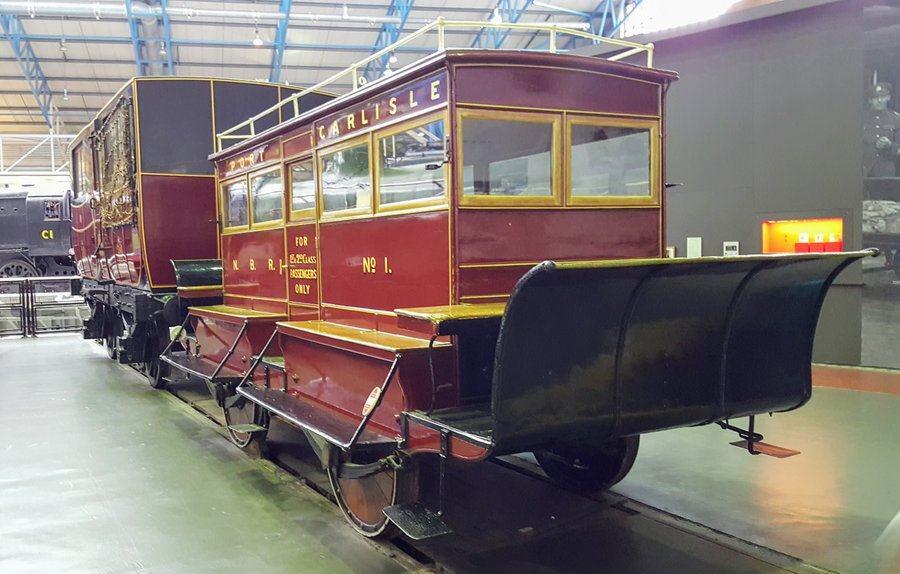
Not exactly a locomotive in the generally recognised sense – it’s a horse drawn carriage on tracks – this Dandy car is one one of four built by the North British Railway company in 1863 (34 years after Stephenson’s Rocket) for the spur line that ran off their Carlisle – Silloth route.
Something that is worth pointing out – and I don’t normally mention this in attraction reviews – is the catering at the NRM. From the bar & tea shop on the platforms in Station Hall, to the cafe here in the Great Hall, there is a terrific selection and it’s really tasty. For the museum it is an important revenue stream, given that entry is free. So it’s good to pause, have some refreshments, and help to replenish their coffers!
The Warehouse
Ok, I know it’s a huge cliché, and has most certainly been used over & over to describe this place, but… the Warehouse is an Aladdin’s cave of railway memorabilia.
The Warehouse (you get to it through a door from the Main Hall) is stuffed to the gills with nameplates, fittings & fixtures, ticket machines, models, cutlery & tableware, posters, furniture, lighting, glassware, notices, signalling & communications equipment, and a lot more! In total there are over 750,000 objects in here.
There is also a dedicated exhibition area in the Warehouse focusing on the story of the Flying Scotsman route, service and locomotive.
Most fascinating of all is the Lancashire & Yorkshire School of Signalling table, built in 1912, which recreates track and signals for trainee signalmen to learn on, and it was used to training right up until 1995! The museum has an excellent video demonstrating it in use, here. A team of volunteers demonstrate the layout once a month on Saturdays and you can find the dates on the museum’s website.
The Workshop (and beyond)
Observant visitors will notice that there are another set of tracks leading into the Great Hall, running past the turntable & exhibits and into a set of large doors in the corner. This is the museum’s workshop, where they have repaired and restored many famous and unique locomotives & rolling stock.
If you climb the stairs by those doors you find yourself on the mezzanine/observation floor, looking down into the workshop where volunteer engineers are working on the latest project. When I visited they were working on the Sir Nigel Gresley which is in for a major overhaul.
View from the mezzanine looking down on the National Railway Museum (York) workshops – Spherical Image – RICOH THETA
Follow the floor over the workshop and you come to an exhibition area that explores the history of signalling, including a grisly set of historic photographs covering rail crashes – mostly the results of a signalling breakdown.The exhibits, displays, and hands-on demos lead up to present day signalling; there is a repeater panel of screen displays from the nearby control box at York station showing exactly what is moving in and out of the station. Next to the panel is a door leading outside onto a balcony overlooking the mainline track into York station. So you can watch trains approaching on the signalling system, and then walk outside and see the real thing. Pretty cool!
Have you been to the National Railway Museum? What did you think? See my rating below.
(All images © Mechtraveller)
Factbox
Website:
National Railway Museum
Events:
There is a programme of events during the year, in addition to daily events (times vary) such as:
- Turntable Demo – a short talk describing & turning the turntable in the Great Hall.
- How a Steam Engine Works – An introductory talk at Ellerman Lines at 4pm.
- Shinkansen Talk – A short introduction to the bullet train. Term time only.
- Warehouse Tour – A guided tour of the treasures. Term time only.
- Station Hall Tour – Explore the hall through the eyes of a porter. Week days only.
In addition to the monthly Signalling School demonstrations mentioned above, there are also special events during the year, such as academic lectures, steam experiences, and events for families/kids.
Getting there:
National Railway Museum, Leeman Rd, York YO26 4XJ
The museum is located right in the centre of York, next to York Station. In fact you can reach it by passing through the station on the bridge over the tracks.
Price:
FREE
Though it would be churlish not to buy one of their souvenir guides!
Opening Hours:
10am – 5pm
Closed: 24, 25, 26 December.

